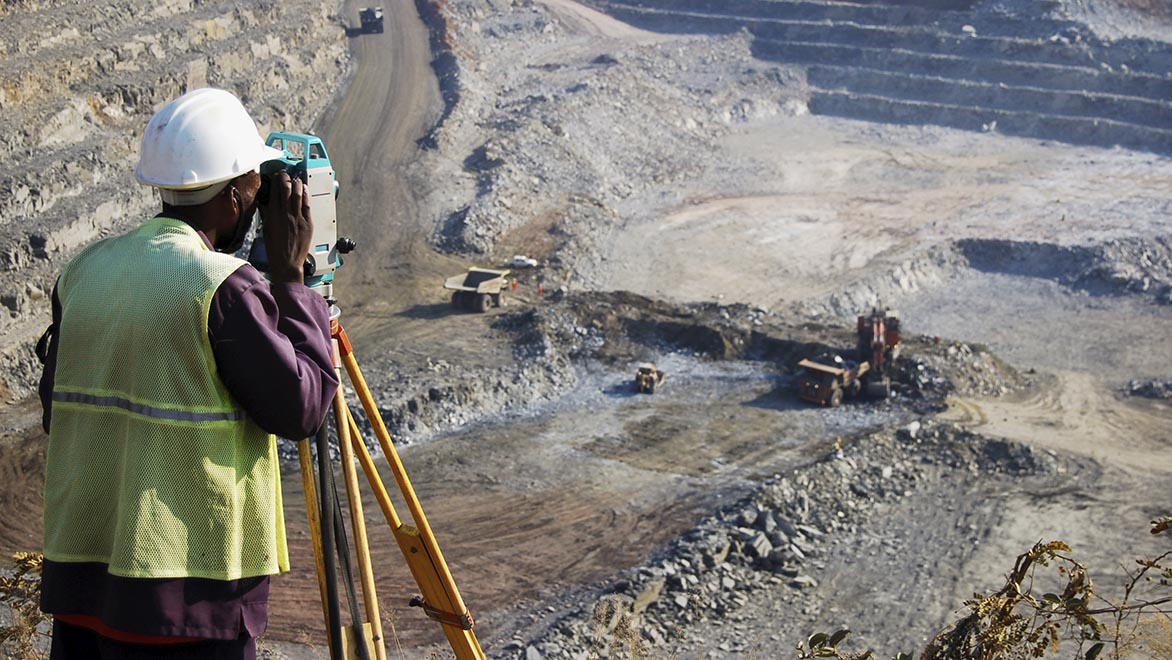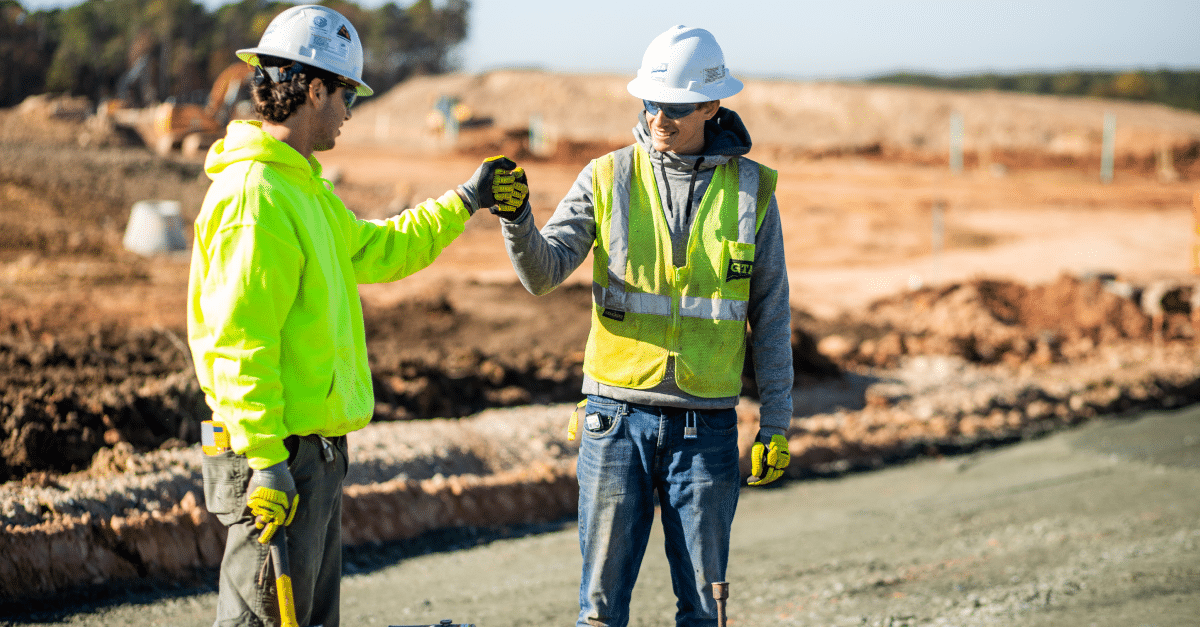Geotechnical Engineering For Construction Projects Things To Know Before You Get This
Table of ContentsThe Best Guide To Geotechnical Engineering For Construction ProjectsGeotechnical Engineering For Construction Projects Things To Know Before You BuyA Biased View of Geotechnical Engineering For Construction ProjectsNot known Details About Geotechnical Engineering For Construction Projects The Best Guide To Geotechnical Engineering For Construction ProjectsA Biased View of Geotechnical Engineering For Construction ProjectsThe 10-Second Trick For Geotechnical Engineering For Construction Projects
Concepts and Method of Ground Improvement. Ground Enhancement Concepts And Applications In Asia. Style evaluation in rock mechanics.Cengage Discovering, Stamford, 666 p. Atkinson, J., 2007. The mechanics of dirts and structures. Taylor & Francis, N.Y., 442 p. Drifting Offshore Wind Wind Turbines: Responses in a Sea state Pareto Optimum Designs and Financial Analysis, P. Sclavounos et al., October 2007. Nicholson, D, Tse, C and Dime, C. (1999 ). The Observational Technique in ground design concepts and applications.
Getting The Geotechnical Engineering For Construction Projects To Work
Lab and area testing plays a vital role in this process. By drawing out samples from the earth's subsurface and using a suite of tests, geotechnical designers can anticipate the practices of soil layers and review their viability for various construction endeavours. The significance of geotechnical engineering in civil design can not be overstated, attributable to a number of variables: The preliminary action in any type of geotechnical research involves establishing the soil type at the building and construction site.
Recognizing these qualities makes certain that just ideal soil types are chosen for the advancement, thereby averting prospective architectural failings. The foundation serves as the bedrock of any type of building and construction job. Choosing the ideal structure kind is a decision that rests on the comprehensive analysis supplied by geotechnical design. This ensures the longevity and stability of structures by accommodating the loads they will bear.

Geotechnical website examination is an essential step in the planning and implementation of any type of building and construction task. It entails the collection and evaluation of information connected to the physical residential properties of dirt and rock underneath a proposed construction website. This details is essential for the layout and building and construction of secure, steady, and sustainable structures.
Excitement About Geotechnical Engineering For Construction Projects
, also understood as subsurface expedition, involves a series of activities intended at figuring out the dirt, rock, and groundwater conditions at a building website. The key objectives are to determine possible geotechnical hazards, examine the design buildings of subsurface materials, and provide suggestions for the design and building of structures, retaining walls, and other frameworks.
The workdesk study aids in recognizing possible geotechnical concerns and intending the succeeding fieldwork. This includes observing the topography, drainage patterns, existing structures, plant life, and any kind of indicators of instability or disintegration.
The Ultimate Guide To Geotechnical Engineering For Construction Projects
Superficial examination pits are excavated to straight observe and sample the dirt and rock. This technique works for researching the upper layers of the subsurface and recognizing near-surface dangers. Non-invasive geophysical methods, such as seismic refraction, ground-penetrating radar (GPR), and electric resistivity tomography (ERT), are used to map subsurface problems and discover abnormalities.
Dirt and rock examples collected during the area examination are subjected to research laboratory screening to determine their physical and mechanical residential or commercial properties. These tests supply crucial data for Read Full Report geotechnical analysis and design.
The primary benefit of geotechnical website investigation is ensuring the safety and security and stability of structures. By recognizing the subsurface problems, designers can design foundations and other structural aspects that can hold up against the lots and ecological pressures they will go through. This lessens the threat of settlement, decrease, and architectural failing.
The Ultimate Guide To Geotechnical Engineering For Construction Projects
As an example, recognizing dirt qualities can guide the option of excavation strategies, dewatering approaches, and ground enhancement steps. This ensures reliable and safe construction techniques. Geotechnical site examinations are commonly required by constructing codes and policies. Following these demands makes certain compliance with lawful and security standards, preventing possible legal responsibilities and job hold-ups.
This information is important for job supervisors, engineers, and specialists in creating realistic routines, spending plans, and contingency strategies. Geotechnical Engineering for Construction Projects. Skyscraper in a Coastal AreaIn a coastal city, a high-rise household building view it now was intended on a site with believed loosened sand down payments and a high water table. A detailed geotechnical examination, consisting of borehole boring, CPT, and geophysical studies, was carried out
3 Simple Techniques For Geotechnical Engineering For Construction Projects
Based upon these searchings for, the foundation style was customized to include deep pile structures expanding right into secure strata, and ground renovation methods, such as vibro-compaction, were executed to reduce liquefaction dangers. This proactive approach made certain the safety and security and security of the structure while avoiding costly post-construction removal. Facilities Development on a Sloping TerrainA major framework job, involving the construction of a freeway and bridges, was intended on an uneven terrain with high slopes.

The Leaning Tower of Pisa (Italy), a famous architectural wonder, is notorious for its unexpected tilt from considerable geotechnical issues. The tower's structure was inadequately created to deal with the soft, unstable dirt below it, leading to unequal negotiation and its distinctive lean. Our world is populated with impressive infrastructure projectsfrom looming skyscrapers to stretching bridgesall standing testimony to the advancement of the various construction tools and techniques available.
Geotechnical design is a specialized field within civil design that focuses on researching the habits of earth products. This branch delves deep into the groundinvestigating just how the soil, rock, and groundwater at a building and construction site can influenceand be affected bythe blog facilities that we put up on and right into them. Before a solitary block is laid or a concrete structure put, geotechnical designers probe into the earthgathering critical data regarding the site's dirt make-up, rock structure, and groundwater levels.
The Buzz on Geotechnical Engineering For Construction Projects

is a device made use of to analyze the integrity and load-bearing ability of piles during setup, leveraging the principle of wave breeding. It maximizes building performance by giving real-time assessments, thus guaranteeing secure and efficient stack foundations. One of the sensible applications of geotechnical design entails determining and executing the right methods for foundation construction.
Pile driving represents even more than the simple act of inserting architectural aspects right into the ground. As a matter of fact, it is a meticulously managed procedure of transferring a structure's tons past the less stable soil layers more detailed to the surfacedown to the extra substantial strata that lie beneath. In the instance of heap driving, take into consideration exactly how geotechnical designers expertly use this strategy to equally distribute the structure's weight.
Comments on “7 Simple Techniques For Geotechnical Engineering For Construction Projects”